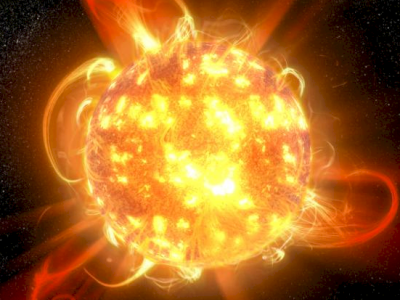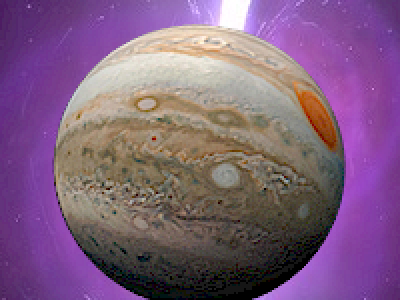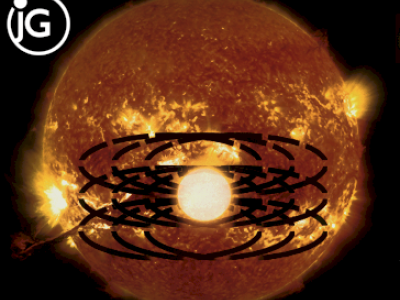
The WSO (Wilcox Solar Observatory at Stanford University) terrestrial observatory data, spanning 47 years of solar Mean Magnetic Field (MMF) values. The set also includes data from the WIND space mission's magnetometer (MAG), collected at the L1 Lagrangian point over the time interval of 27 years. The least-squares spectral analysis scientific software LSSA, based on the rigorous method by Vanicek (1969: https://doi.org/10.1007/BF00651344, 1971: https://doi.org/10.1007/BF00656134), was used to compute spectra.
- Categories:



